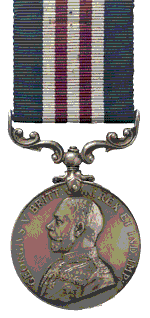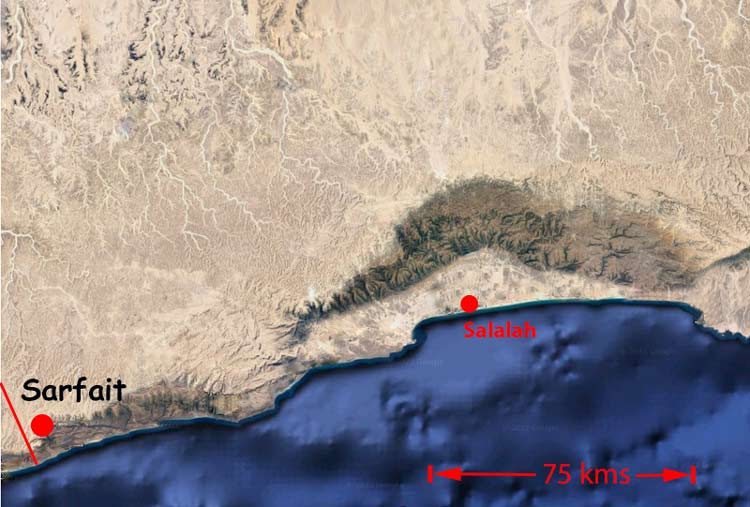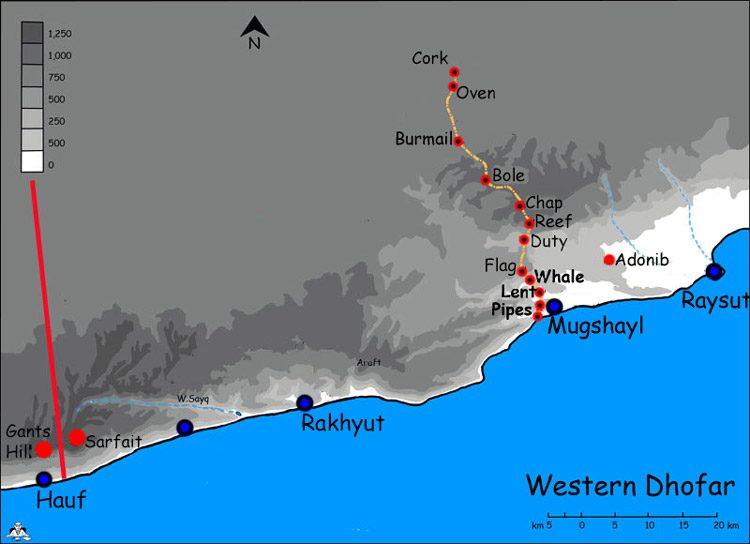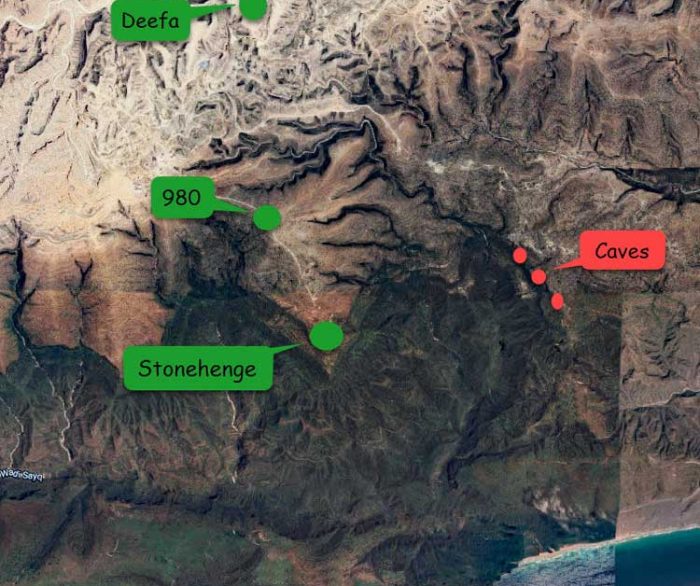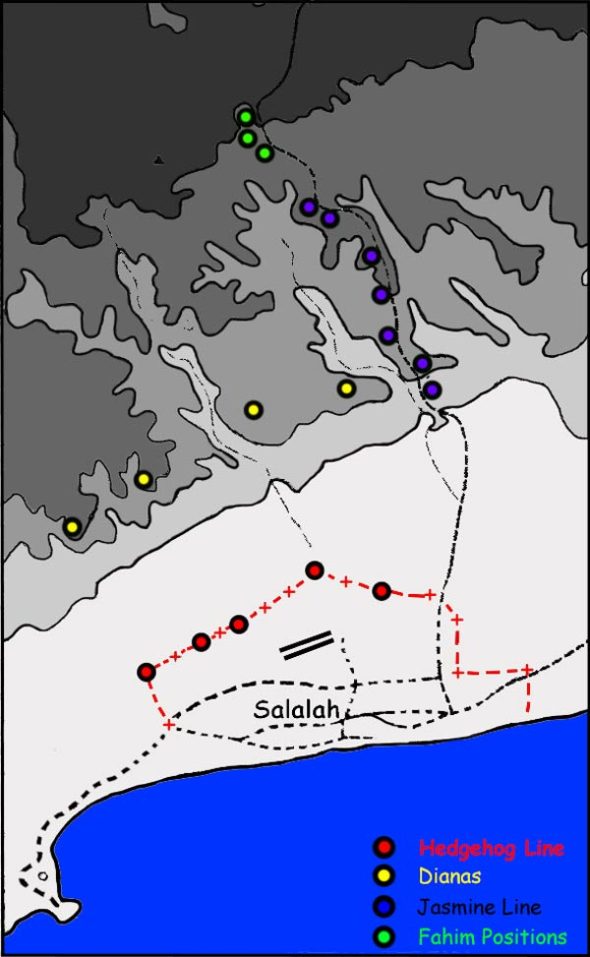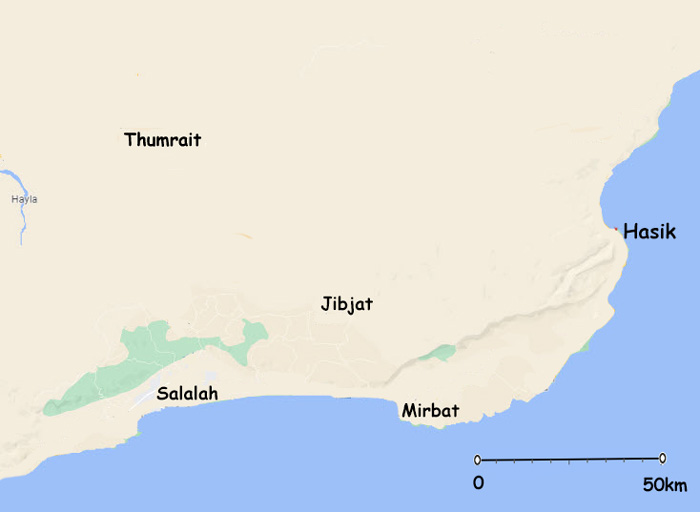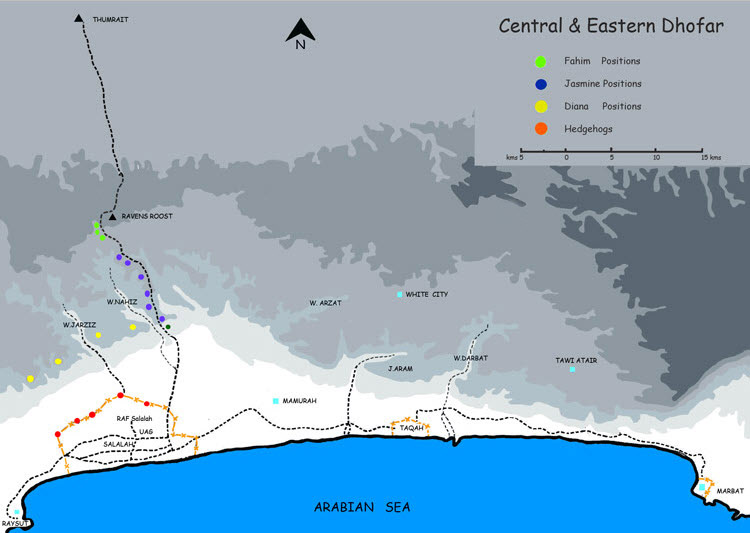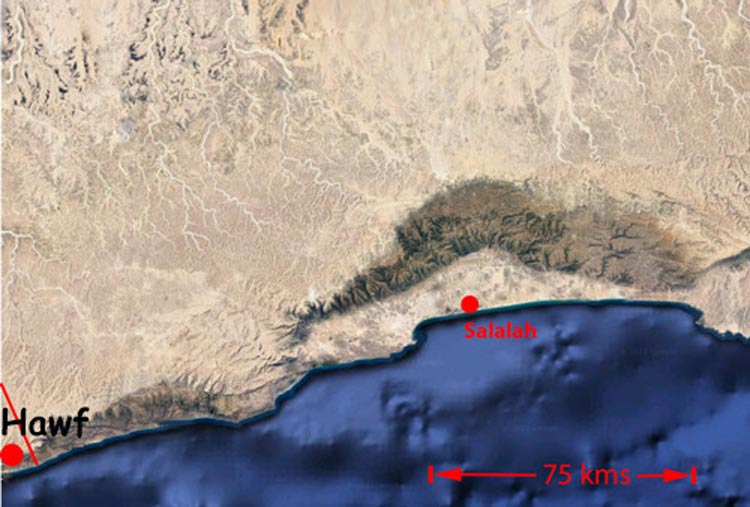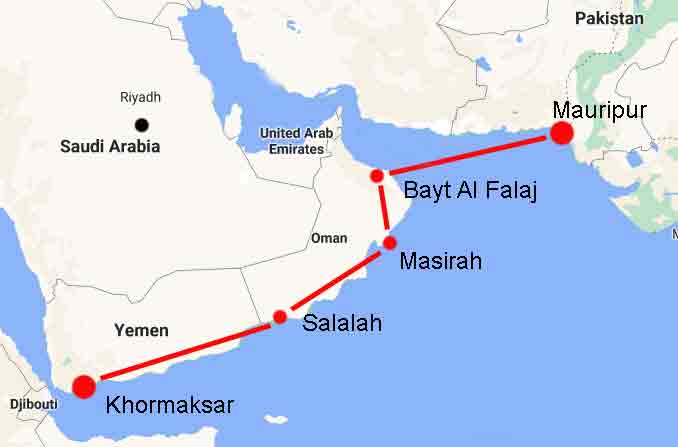The recommendation for the DSO was initiated by the CO of 22 Regiment SAS on the 16th August 1972 by Lt-Col P.E. de la C, de la Billiere.
As stand-to positions were occupied Cpl BENNETT immediately directed a counter bombardment with the one 80mm mortar available to the SAS. Despite the intensity of fire BENNET exposed himself on the roof of the SAS house so that he might better direct the mortar and ascertain the movements of the enemy. At an early stage Captain KEALY left the position for the Dhofar Gendarmerie Fort leaving Cpl BENNET in charge of the remaining 4 SAS soldiers; the mortar and the vital radio communications with Salalah. For the next 4 hours BENNET acted as commander of the mortar detachment and as senior liaison officer with Salalah and the supporting SOAF strike forces. Although he had Tokai communications with Captain KEALY these were spasmodic due to the intensity of the fighting in Captain KEALY’s position: of necessity much responsibility fell on BENNETT’s shoulders.
During the initial and intense stages of the battle BENNETT continued to direct the mortar with precision and determination. This included close support to the 25pdr bunker. At one stage he was directing the mortar to within a few yards of his own troops well knowing the dangers if a bomb were to fall short.
In addition to this he summoned air support from Salalah and requested reinforcements which duly arrived. He personally directed the reinforcements to a safe area where they could deplane out of view of aimed fire. At the same time he directed the two Strikemasters with great effect, so much so that the pressure of the attack was greatly relieved by their activities. After the targets in the immediate surrounds of the town had been engaged as closely as possible BENNETT then directed one aircraft onto the enemy occupying an overlooking Jebel some thousand metres away to the north. Again his calmness and his sure and confident appraisal of the tactical situation resulted in the most effective use of the limited aircraft available.
